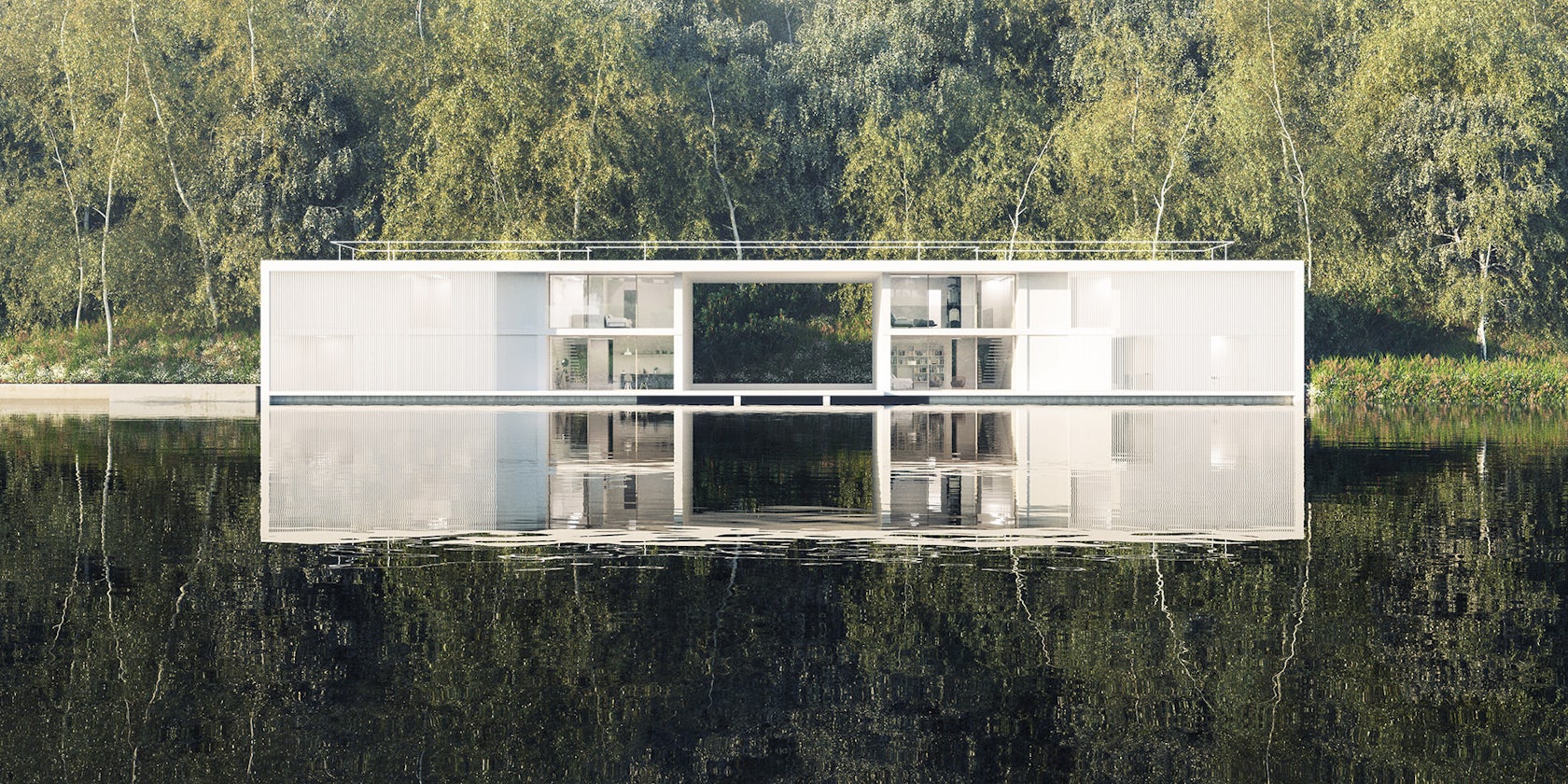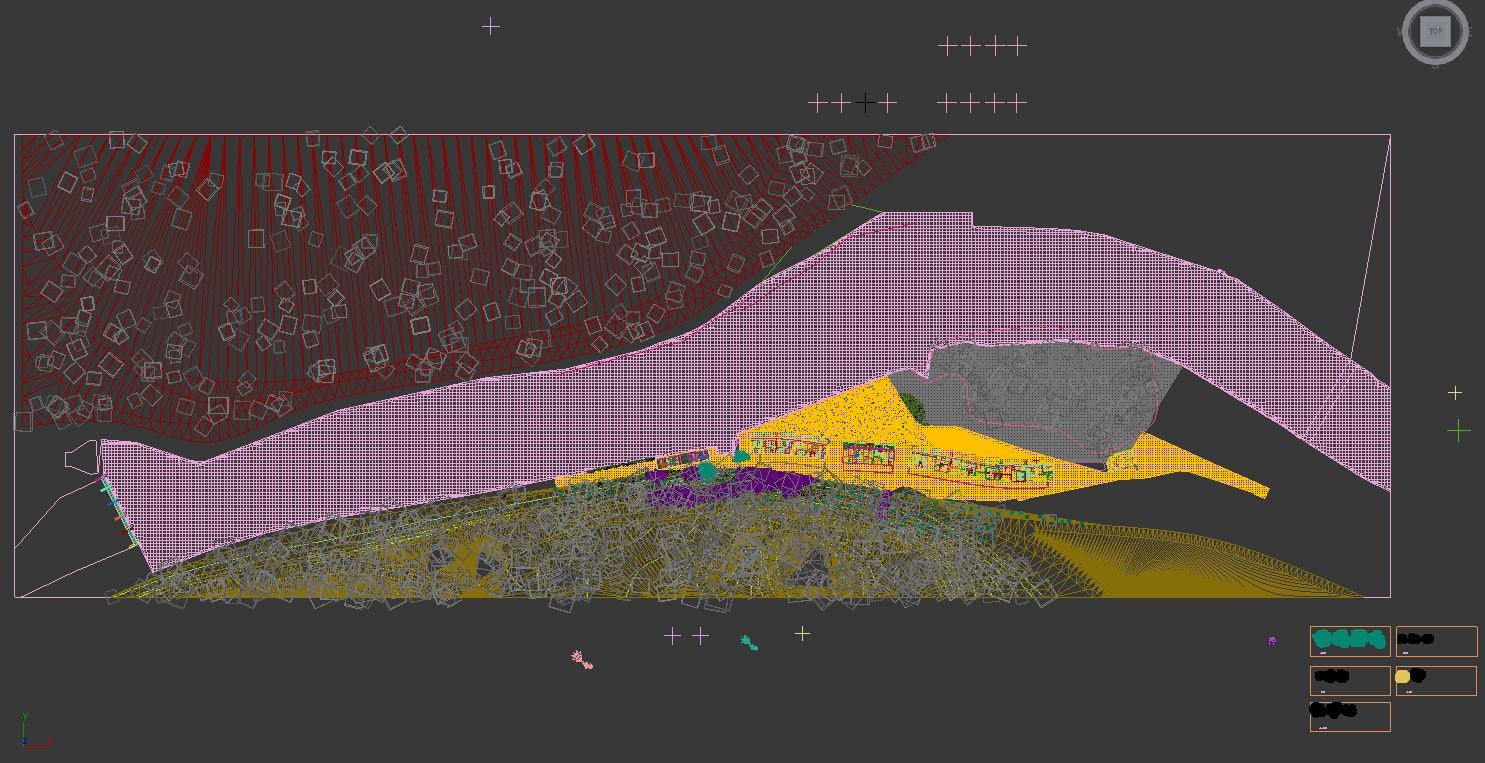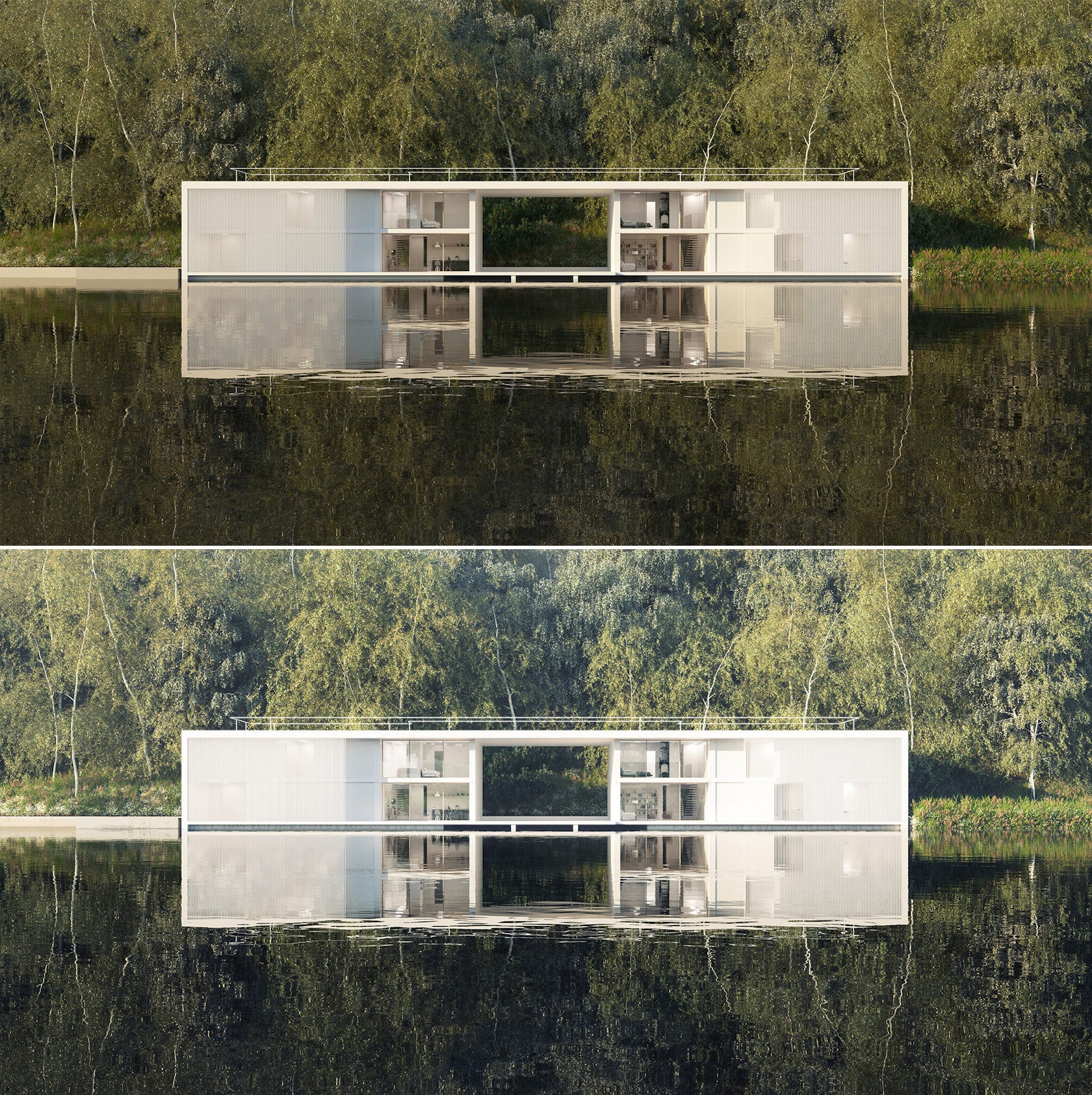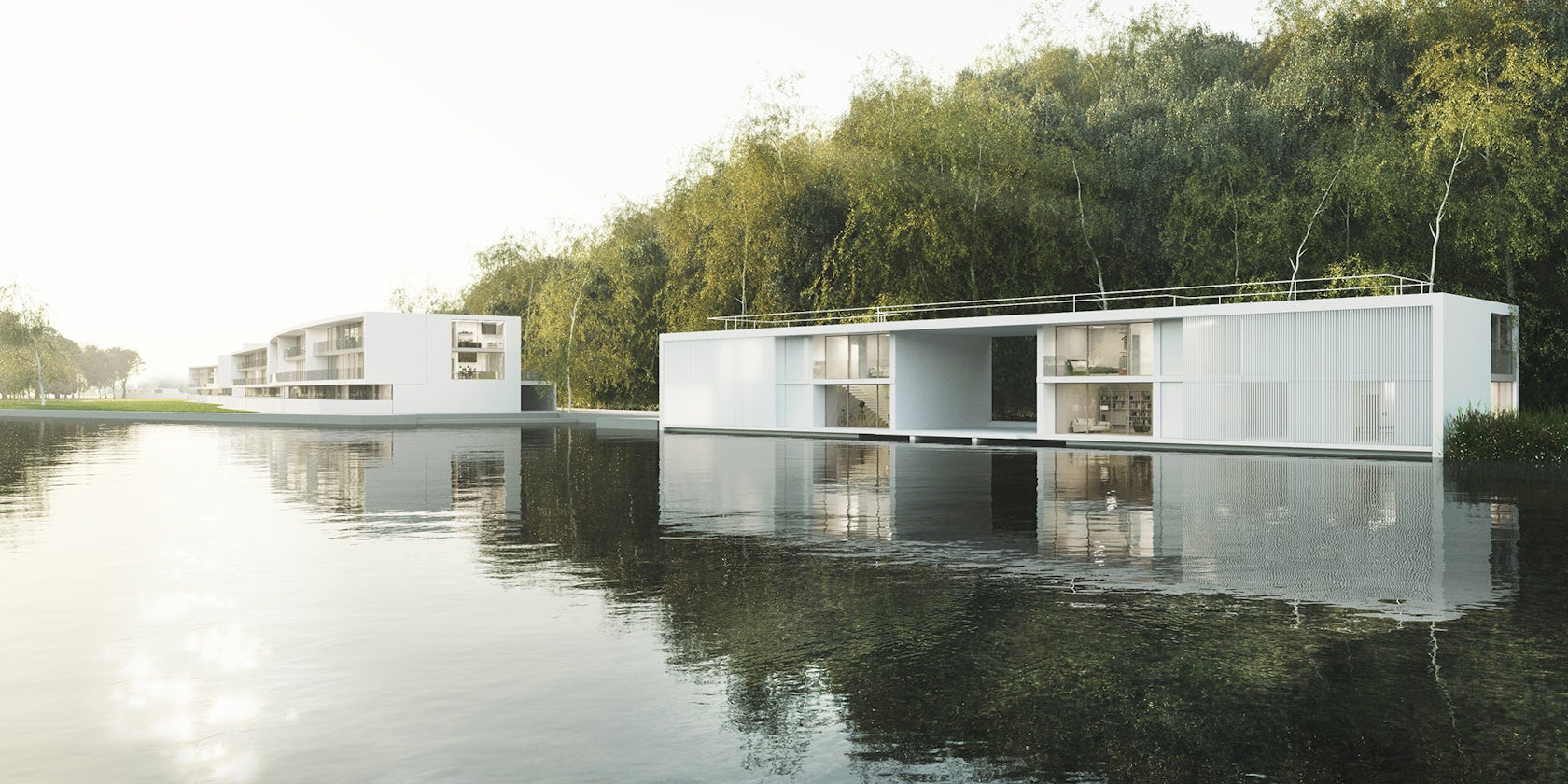Ronen Bekerman is an industry leader in Architectural Visualization who hosts in-depth tutorials on his specialist blog. Architizer is pleased to present a selection of these guides written by some of the world’s best rendering artists.
Giona Andreani does virtual photographs of not-yet-built architecture. He is passionate about technology, science fiction, mountain biking and, particularly, analog photography, which allows him to log off from the hyper-technological and frantic world to which we are connected every day. He works in the field of architectural visualization with a Master’s degree in Architectural Visualization from State of Art Academy and a degree in environmental architecture from “Politecnico di Milano.”
Today, Andreani gives us a glimpse behind the scenes of his modeling and rendering process for a stunning modern residence in Italy. It’s not too long so should be an easy read with room for questions to be asked — so please do!
Introduction
My latest images are visualizations of a residential project by Scandurra Studio Architettura at Paratico near Iseo Lake, Italy.

For this work, I decided to recreate the entire environment in 3D. During the process, I switched from V-Ray to Corona Renderer to try it on a production work.

In this making-of, I will focus on the landscape because it was the most important and detailed part of the scene.
Environment
Because the project area was quite big, I had to optimize the scattering of vegetation, keeping in mind the vantage points I have decided on.
I used MultiScatter for the general distribution of vegetation and MultiPainter to add more details in places directly seen by the cameras.
Overview of the scene:

Here’s an example of the targeted distribution of trees, bushes and ground-cover plants:

Some 3D trees are from Evermotion, others from free resources found on Ronen’s Blog by Andrei Mikhalenkov. The grass and bushes are from iCube R&D.



Here is a crop from another image of the project showing the scattered grass with different layers of grass and flowers.

The lake surface is a simple plane with a water material and a displacement map applied. I used the procedural OceanTex map from the plug-in Phoenix FD, tuned to achieve a quiet, calm water.
This map works perfectly with Corona Renderer, too!

In this scene, lighting is really basic and simple.
The daylight render was made with Corona. I switched from V-Ray because I wanted to try this new render engine, and I discovered it is very powerful and a lot faster than V-Ray for this scene.

I used a Corona Sun and Corona Plane Lights inside of the house.
For the night view, rendered with V-Ray, I placed a V-Ray Dome Light with an evening HDRI map from Peter Guthrie’s Collection:

Interiors are lit with simple V-Ray plane lights:

Rendering
Daylight view setup – Corona:

Night view setup – V-Ray:

I used the Corona Renderer converter script to export all materials and lighting from V-Ray. It worked really well. Only the leaves materials needed to be retouched slightly.
I copied the diffuse texture into the Translucency slot and tuned the fraction level to achieve a good balance. A value between 0,15 to 0,3 worked well for me.
Post-Production
Photoshop work was very limited on these images; the daylight image has a really simple post-production, just some curves and color correction on the leaves and z-depth pass for the fog.

For the night shot, I blurred the sky and the reflections on the water a little, simulating a long exposure. I tuned the contrast a bit and applied a slight glow to the highlights. I also applied a subtle mist effect using the z-depth pass.

Composition
To conclude, I want to explain the composition chosen for these two images.
The single house on the lake is architecturally symmetrical, so I decided to emphasize this concept using the reflective water plane.
I went for a panoramic ratio 2:1 and a night mood for the overview of the entire complex. Through the interior lights, it is possible to understand the main concept of the project; the apartments appear behind the trees, giving a pixelated effect to the architecture.
That’s all!
Here you can find additional images I made for this project.



I hope you found this simple making-of interesting and useful. I’ll be happy to answer any question you may have.
Thanks for reading,
Giona
Architizer is delighted to reveal the winners of the 2025 Vision Awards! We'll continue celebrating the power of architectural representation — get on the program mailing list by clicking here.
This article first appeared on Ronen Bekerman.




